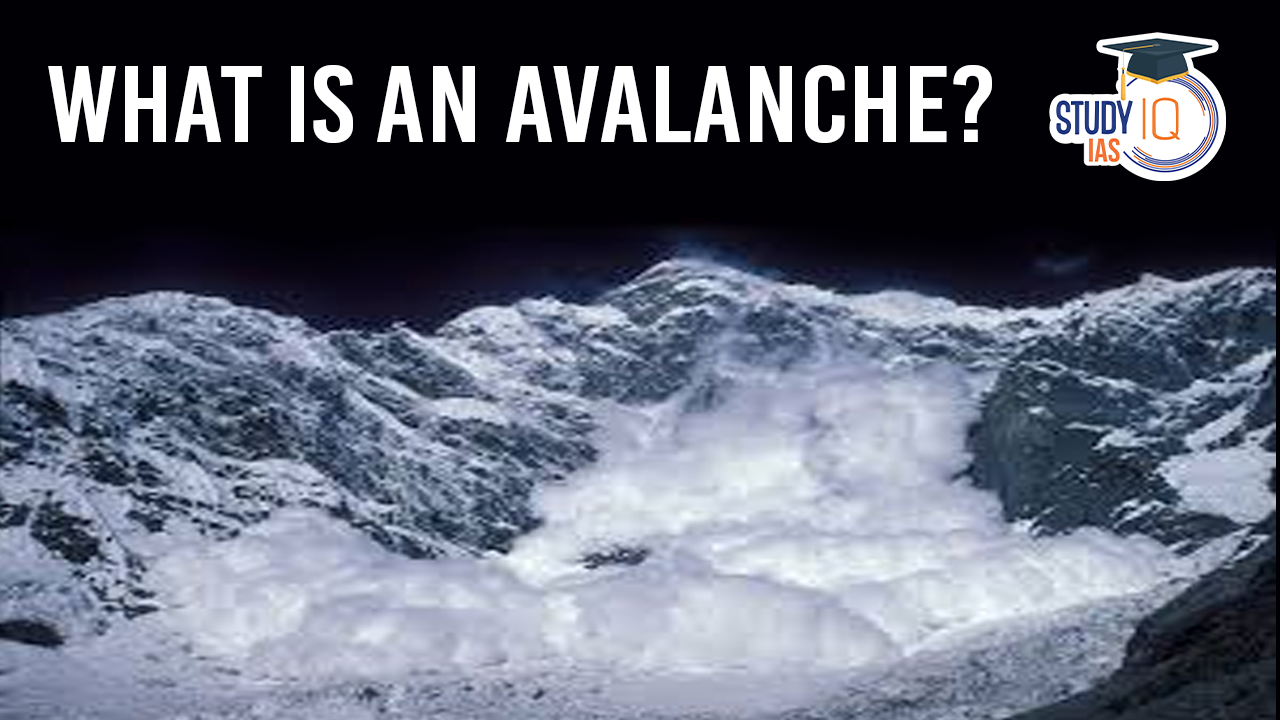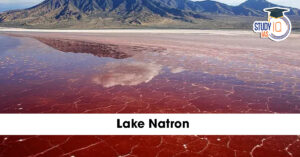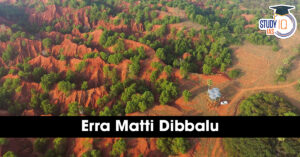Table of Contents
Context: A team of US physicists has developed a new method for remotely detecting radioactive materials using carbon-dioxide lasers.
What are Avalanches?
- An avalanche is a rapid flow of snow down a slope, such as a hill or mountain.
- Causes: Avalanches can be triggered by wind, rain, warming temperatures, heavy snowfall, earthquakes, and human activity such as snow sports and vibration.
Types of Avalanches
- Slab avalanches are made of tightly packed snow, triggered by a collapse of an underlying weak snow layer.
- Sluff avalanches occur when the weak layer of a snowpack is on the top (Sluffs are less dangerous than slab avalanches).
- Cornices are overhanging masses of wind-deposited snow that protrude from sharp terrain features like ridges or peaks.
- Powder snow avalanches where snow grains are largely or completely suspended and moved by air in a state of fluid
| Defence Geoinformatics Research Establishment (DGRE) |
|
Key Features of Avalanches
Trigger Factors
- Natural triggers: Heavy snowfall, rapid warming, rain, earthquakes, or wind-loading of snow.
- Human activities: Skiers, snowboarders, climbers, or explosives used in snow management.
Avalanche Path
- Starting Zone: Where the avalanche begins, often steep and snow-laden.
- Track: The path the avalanche follows downhill.
- Runout Zone: Where the avalanche slows and comes to a stop.
Causes of Instability
- Weak snowpack layers.
- Rapid temperature changes.
- Overloading of snow layers due to precipitation or wind.
Impacts
- Loss of life and injuries to people in its path.
- Damage to property, infrastructure, and the environment.
- Disruption to travel and tourism in mountainous regions.
Avalanche Prevention and Safety
- Monitoring and Forecasting: Using technology and weather data to predict avalanche risks.
- Control Measures: Artificial triggering using explosives or barriers to redirect avalanches.
- Personal Safety:
- Carrying avalanche safety gear (beacons, probes, shovels).
- Checking avalanche forecasts before venturing into risky areas.
- Training in avalanche safety and rescue techniques.
What is Avalanches Breakdown?
- Some materials naturally release energy and particles—this is called radioactive decay.
These released particles move through the air and knock electrons off atoms, creating a type of energy-filled air called plasma (like the glowing part of a flame or lightning). - The process of more and more electrons getting knocked off and spreading is called avalanche breakdown (like a small snowball rolling down a hill and getting bigger).
- Key findings of the experiment:
- Detected radiation from 10 meters away – This is 10 times farther than previous methods.
How Do Lasers Help Detect Radiation?
- Scientists used a special type of laser (carbon dioxide laser) that gives off infrared light (like the heat from a TV remote).
- This laser helps accelerate electrons, making it easier to see the plasma caused by radioactive particles.
- When the laser shines through the air, the plasma bounces the light back in a way that can be measured.


 Places in News for UPSC 2026 for Prelims...
Places in News for UPSC 2026 for Prelims...
 Lake Natron: Location, Features, Wildlif...
Lake Natron: Location, Features, Wildlif...
 Erra Matti Dibbalu Added to UNESCO Tenta...
Erra Matti Dibbalu Added to UNESCO Tenta...

























